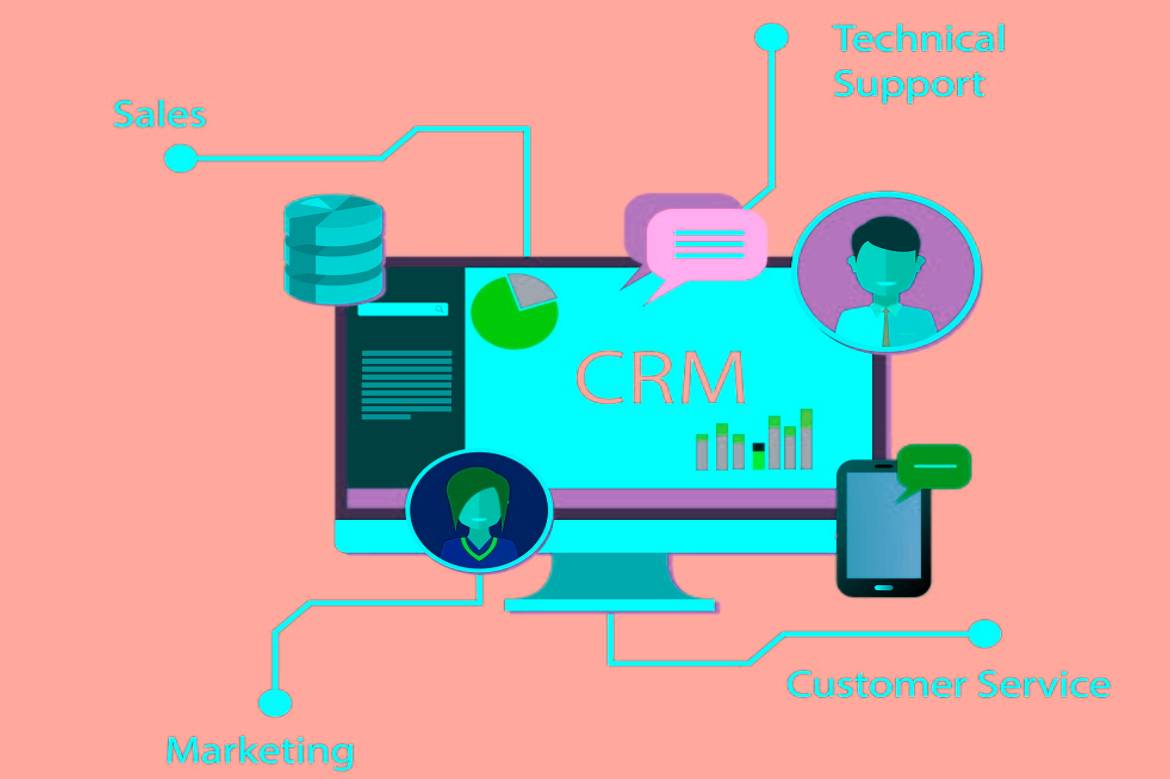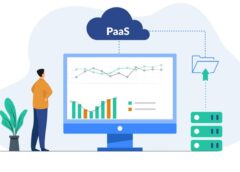You have spent many hours working on your project and polishing the details of your new website, and the time has finally come to get to work and put that design into practice and turn it into a live page.
But, now problems can arise that put all that work in jeopardy and the result is not as expected.
To avoid it, at least in part, we tell you 11 common mistakes that you should avoid when carrying out the development of a web design:
Table of Contents
1. Using A Welcome Page
It is important first of all to know what a welcome page is and not to confuse it with a landing page. A welcome page typically appears the first time a user visits a site and typically displays information related to company promotions or disclaimers, while a landing page is for a specific conversion goal and , On many occasions, it works independently from the website, although it may be hosted on it.
It is almost certain that any information that you want to give through a welcome page can be transmitted in a more efficient way and that generates a better user experience. If we want to enter a specific web page, it is very frustrating to receive an unexpected response in our browser.
A well-designed web page should provide the visitor with value while solving their problems. This will make the visitor show greater interest in browsing our page and more easily obtain the page that provides the expected solution. But a presentation page is not aimed at getting the user to their destination, but is only aiming at their specific information objective.
Let’s take a search engine like Google as a case. Can you imagine that before accessing the search engine you were presented with a welcome page? It seems that it does not matter much but many visitors would leave the page and would prefer to visit any page of the competition that allowed direct access to the engine. It is important to give adequate value to the comfort and ease of navigation for the visitor.
2. Not Clearly Defining The Value Proposition
The visitor to a website enters it with a specific objective. If in less than 5 seconds (see Hubspot report ) it doesn’t understand that this page can solve your problem, it will look elsewhere.
We will see it very clearly with an example. Imagine that you enter something that looks like a cafeteria with the intention of buying a coffee, but once inside you realize that you don’t see that there is a coffee maker, you don’t see anyone drinking coffee or the coffee options do not appear clearly on the menu what is supposed to be.
Don’t you think you would go to another nearby bar where it is clear that you will be able to have a coffee?
That is the importance of having a clear value proposition and developing the website around that concept.
3. Neglecting Navigability
Let’s go back to our coffee example. If at the time of paying for the coffee all are inconveniences that make our time to pay increase considerably, it is most likely that we will not return and consider switching to the competition.
The same is applicable to a web page. If the navigation is not intuitive and fast, our visitors will prefer to look for a more agile experience in our competition.
4. Ignore The Logical Navigation Path For The User
We must guide our visitors through our site so that they can easily find the solution they want (an account or a form to download content, for example). We should not make them go round and round the page to find their answers, taking them to places where what they want is not behind, especially if we want to move them further along the customer journey.
5. Excessive Use Of Carousels
Using image carousels can be more of a problem than a benefit.
In addition to accessibility issues, carousels generate a very low rate of interaction with users. Most likely they won’t make it past slide number one. In addition to being detrimental to search optimization (SEO) , they can also distract from the web’s value proposition by being too flashy and distracting.
6. Ignore The Right Images
Oftentimes, choosing the right images for your website can make the difference between success and failure.
Do your images convey your value proposition?
Today, users are experts in detecting stock or low-quality images, both technical and content. Try to make your images high-resolution (watching that the weight is not too high) and avoid generic or bland infographics or illustrations. A good image attracts the visitor and keeps them interested in your content for longer.
7. Do Not Use CTAs Aligned With The Buyer’s Journey
One of the best ways to improve the conversion rate is the use of CTAs. Make your visitors advance in their buyer’s journey with a rational use of them. You may very well need to place a CTA on a front page banner to request a demo or a CTA in your navigation for a tool or calculator . But they should not only be on the main pages, make sure to put CTAs on the internal pages as well.
Remember that most of your visitors do not come ready to buy immediately, so do not be stingy when it comes to including CTAs on your website.
8. Use Of Aggressive CTAs
Taking into account what we have exposed so far about excessive use of carousels (point 5) and definition of value proposition (point 2), make sure that your CTAs are not too visually aggressive, because they could take attention away from other parts of your website. that really matters.
The line between a CTA attracting or taking attention is very thin. To ensure this you can use colour tools like this one from Design Seeds to match your brand colours.
9. Include Irrelevant CTAs
One of the principles that should govern when executing a web design is intentionality. We want the CTAs to be aligned with the buyer’s journey of our potential customers. The use of CTAs that are not aligned with that sales intention can frustrate users and make them leave our page.
10. Using Autoplay Media
Surely something like this has happened to you on some occasion: you haven’t left home for a long time and you’re looking forward to the end of the limitations to give yourself a good weekend tribute, so (discreetly) you’re browsing to find that little hotel that perfectly suits what you are looking for. You finally find the accommodation that seems ideal and… suddenly the music from the video starts blaring through your computer speakers and all your colleagues are looking at you. You have been a victim of autoplay.
Despite the fact that measures have recently been taken to avoid it (such as icons on browser tabs to indicate that they play sound, or even legislation against its use ) it is a custom that should be avoided. It is very possible that users look for a quieter page in the competition and that does not make them look ridiculous in front of their co-workers.
11. Underestimating The Art Of Tidying Up
The art of ordering is basic when it comes to maintaining attention. Blocks of text that are too long or visually disordered or disconnected images make it difficult for the visitor to find the solution to their problem and they get lost in a maze of irrelevant information. Ordering correctly will make it easier for your visitors to become leads.
Also Read: How To Update A Web Page And Why Do It?




